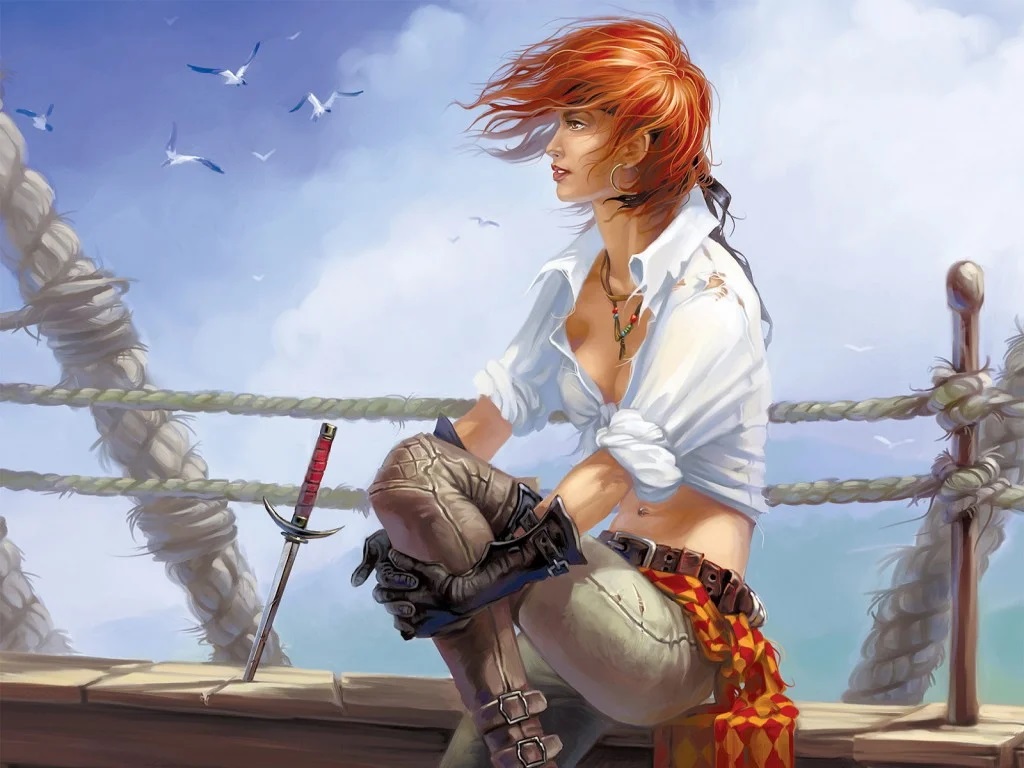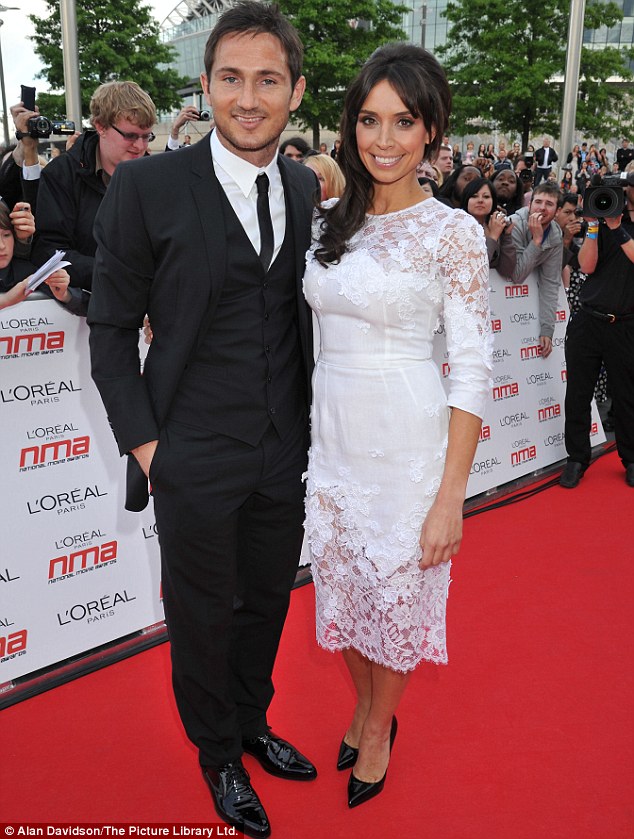Merry Wanderer of the Night [Search results for film]
Rachel Nichols 2America Beautiful Actress 2011 tops

Awesome Essays: Chekhov For Children

Rachel McAdams joins 2010 best

The Bulldogs (based on an underground comic-book)

'It's sexy isn't it?': Uma Thurman is in fine feather as she sweeps down the red carpet at Cannes in Versace gown

Cannes Film Festival 2011: Salma Hayek in a wacky Gucci dress

Rachel McAdams wows the Cannes Film Festival crowd in a daring sheer red dress

Guest Post: The Graphic Novel
Who invited the elephant? Robert Pattinson and Reese Witherspoon upstaged by wrinkly star at Sydney premiere

A whale of a tale: awesome film fan art

New "Amityville" 3D Film Finally Happening!

3D "Chainsaw" Sequel Get's The Official Green-Light!

Parr-ty time, excellent

Admit One: My Life in Film

Trying to drop a hint, Christine? Ms Bleakley arrives at National Movie Awards

Just Contemporary Interview — MELINA MARCHETTA!!
Memory Monday — Meet Carlyle!
That Cannes-do spirit

The Hoff Vs The Piranha.........OH IT IS ON!!!

Homework readin'
